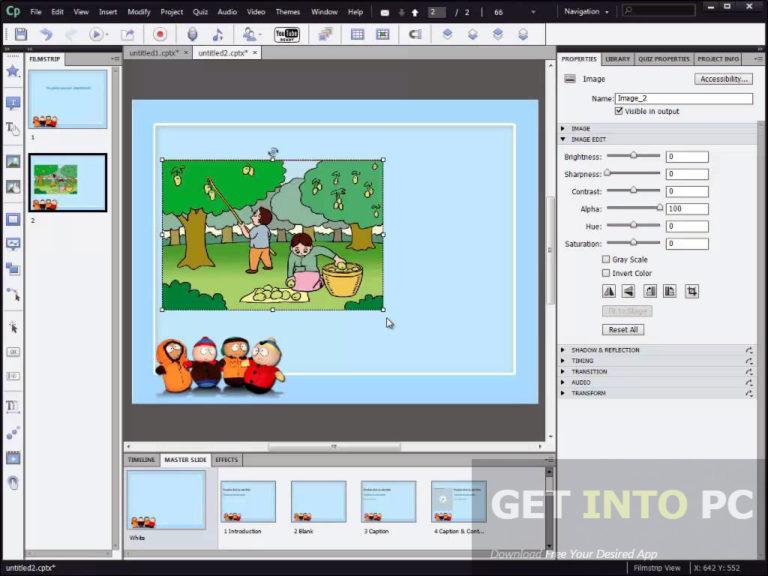

With Captivate, users gain access to a library of more than 75,000 free eLearning assets.

Users can also create and import their own assets in either tool. Asset libraryīoth tools offer extensive asset libraries that include templates, images, themes, icons, media, and more.
Adobe captivate 9 upgrade full#
Both companies recognize this and support a full range of features for creating accessible content. Bottom line, accessibility is a deal-breaker in the digital learning industry. The latest version of Articulate offers similar support. The 2017 version continues this support with improved auto-generated and customizable closed captioning. This is particularly important for organizations working in the areas of defense, government, and education.Ĭaptivate has long supported Section 508 accessibility guidelines with alt text, keyboard navigation, text equivalents, and, in recent versions, closed captioning. Both tools offer the capability to output learning content that complies with Section 508 and Web Content Accessibility Guidelines 2.0 (WCAG 2.0). AccessibilityĪccessibility support is critical.

It is not necessary to build the responsive design into the course. The 2017 release of Articulate 360 includes a new responsive player that detects the device screen size and orientation and then adapts the content accordingly. The result could be cluttered or unreadable.

In past versions of Storyline, the content did not really adapt for mobile use but just scaled down to fit the viewing screen. You can also use the fluid boxes to convert non-responsive courses to a responsive format.Īrticulate supports responsiveness through a free mobile app. Set a few properties for each container to determine how the contents is handled in different viewing environments, and your responsive design is all set. The 2017 version introduces fluid boxes, which let you draw responsive containers for holding your text and images. They want a streamlined experience as they move across environments.Ĭaptivate has supported responsive design for the past few releases. Even users who are still primarily computer-based tend to alternate with mobile use. This is a significant consideration with the use of mobile technology increasing every year. But the latest version of Articulate narrows the gap.īoth tools now offer responsive design. In the past, Captivate had the leg up on those two areas. Two key aspects of the output are responsive design and accessibility. Responsive designĭesigners of any level can create an engaging and highly interactive learning experience with either package. Articulate offers views that let you work on projects at the slide level or from the story level, which allows you to organize layout and navigation for a project. Any designer who has used PowerPoint will feel comfortable with Articulate’s interface. Articulate has its roots as a PowerPoint enhancement tool, and even today the interface is similar. Many designers, however, might find Articulate easier to use. With the 2017 release, Adobe introduced fluid boxes, which enable you to draw containers for responsive design (more about that under “User experience.”) Existing users will recognize Captivate’s viewing options, including the timeline and filmstrip, along with control panels for media integration and other property controls. The interface includes easy-to-use on-screen objects, containers, and other assets to create highly interactive learning experiences and simulations without programming knowledge. User interfaceĬaptivate is user-friendly. Performance-wise, the new release makes Articulate more competitive with Captivate. The new release effectively overcomes some of Articulate’s previous shortcomings, such as responsive design and team-based authoring. Articulate 360 is a giant leap forward because the latest release bundles together all of Articulate’s apps and resources into a single subscription. This article looks at two of the more popular tools, Adobe Captivate and Articulate 360, to better understand the features of each.īoth tools have released new versions for 2017. Each one has certain pros and cons, and other factors such as the type of learning you’re developing come into play as well. With many tools available, learning designers have some tough choices to make. If you’re looking to create interactive learning experiences, you’ll need a reliable tool.


 0 kommentar(er)
0 kommentar(er)
